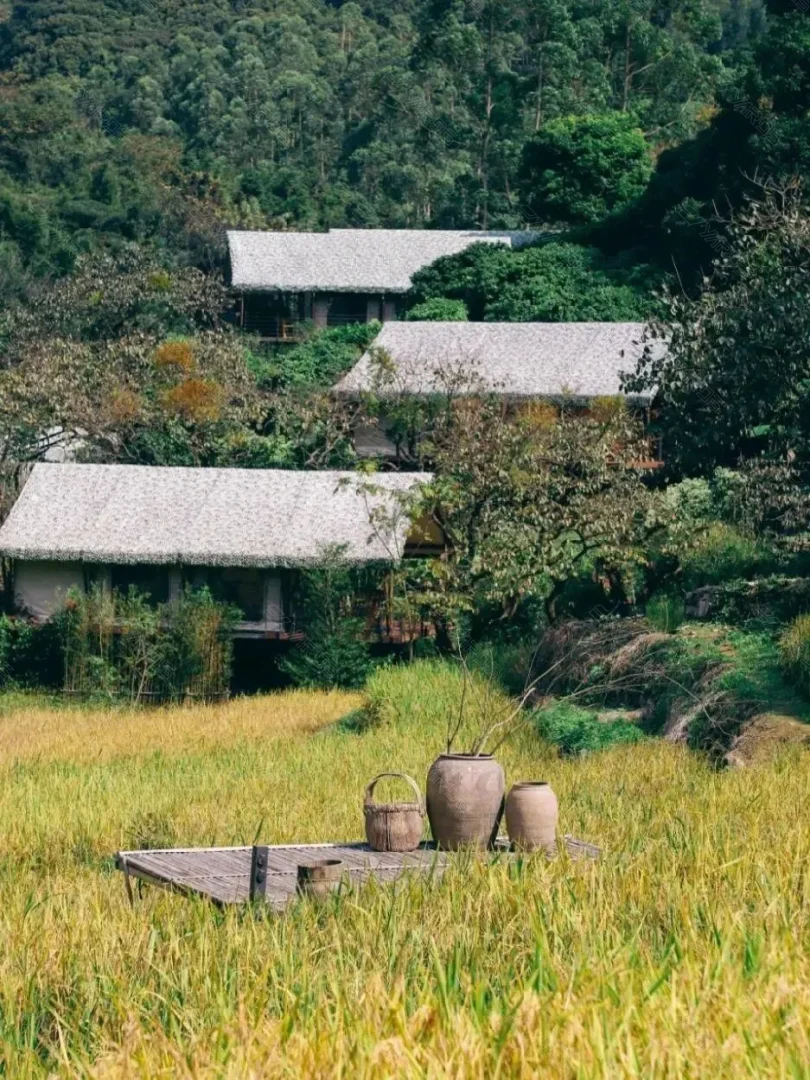Guangzhou Conghua – Ji Yunyao Boutique Cultural Tourism Hotel
Guangzhou Ji·Yunyao Boutique Cultural Tourism Hotel is nestled in a secluded valley deep in the mountains of Conghua, Guangzhou, a place that was once the settlement of the Yao people more than 300 years ago. A winding mountain road leads into the forest, hidden deep within a century-old village.
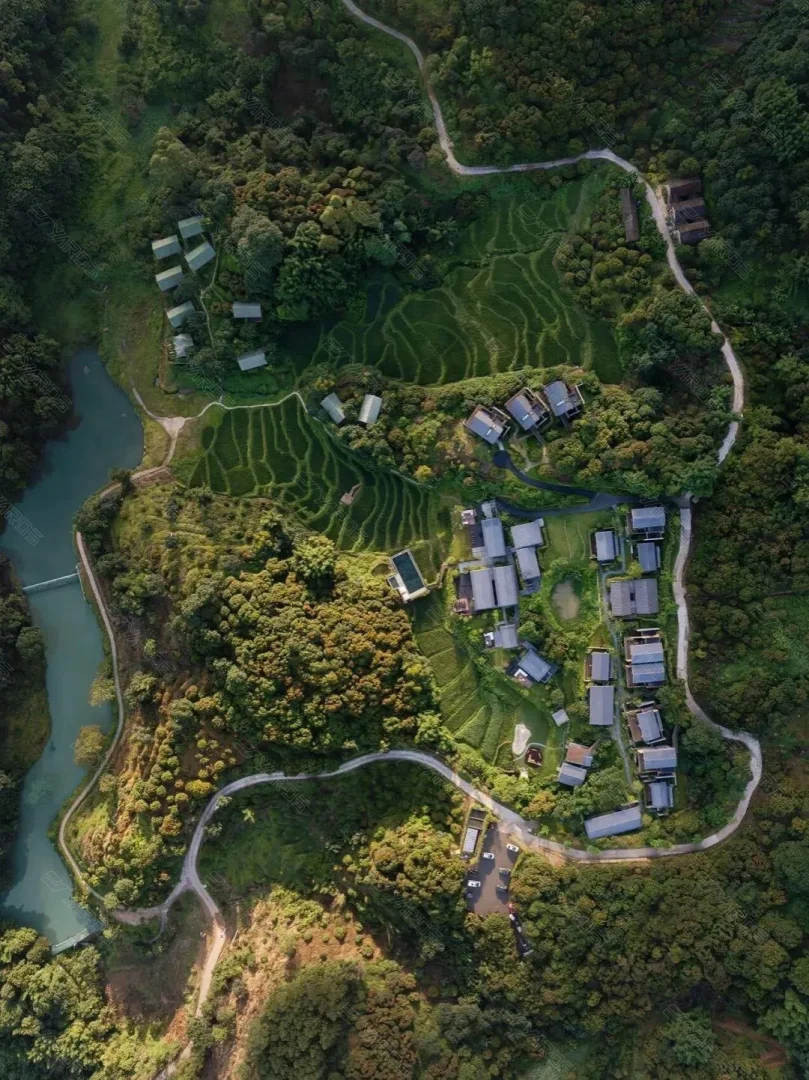
The project actively responds to the national “Rural Revitalization” strategy, with the design concept of “seclusion in the forest and return to settlement”, and is built on the site of an ancient village, taking advantage of the terrain.
By restoring the original features of local Hakka settlements, awakening memories of local culture, and building poetic dwellings in the mountains, a path of innovative development through cultural tourism has been explored. Thanks to its exceptional quality, it has won numerous awards, including the “2024-2025 Putike Boutique Hotel Ranking” Best Resort Hotel Award and the “9th China Black Truffle Award” Annual Boutique Homestay Ranking.

Activating Space: Reshaping the Ideal of Rural Life
Based on the century-old village, the design team adopted a design approach that blends with the local village texture in the overall layout. Following the sloping terrain, the building clusters are cleverly integrated with the original ecological landscape such as mountains, forests, terraced fields, and streams. Elements such as stone slab roads, boardwalks, and wooden bridges connect the various clusters, achieving an organic symbiosis between nature and architecture in the staggered arrangement.

hotel’s public areas have been renovated from the original old village buildings, incorporating new functional areas such as the lobby bar, restaurant, children’s interactive area, floating pool, and observation deck into the traditional settlement.
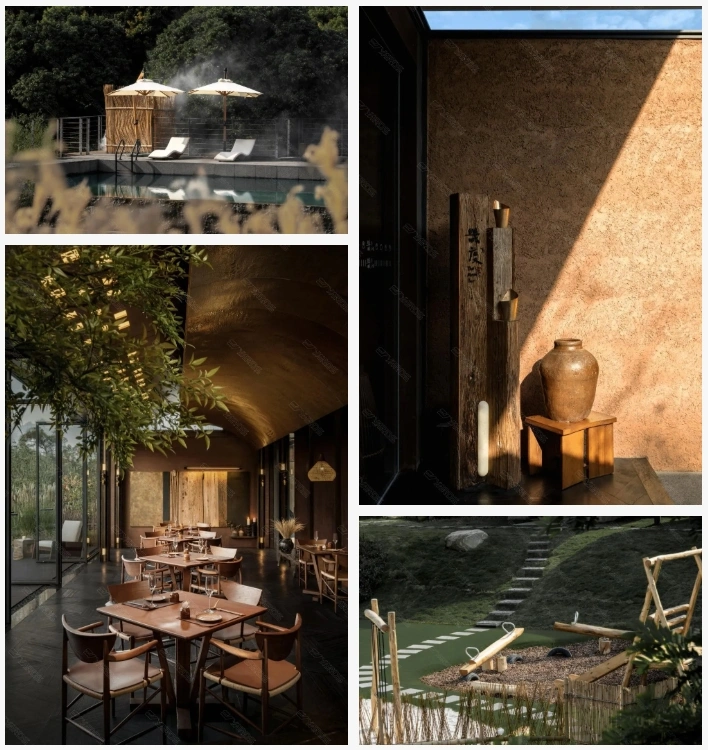
While maximizing the restoration of the rural ecological experience, we aim to create a modern resort destination that combines quality and comfort, thereby contributing to the comprehensive revitalization of rural areas.
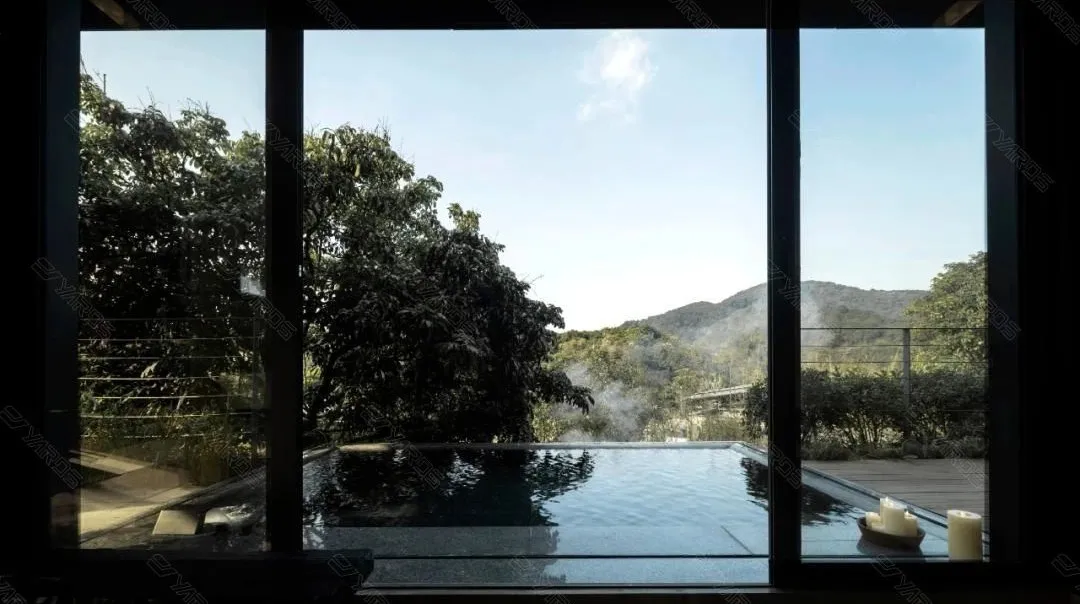
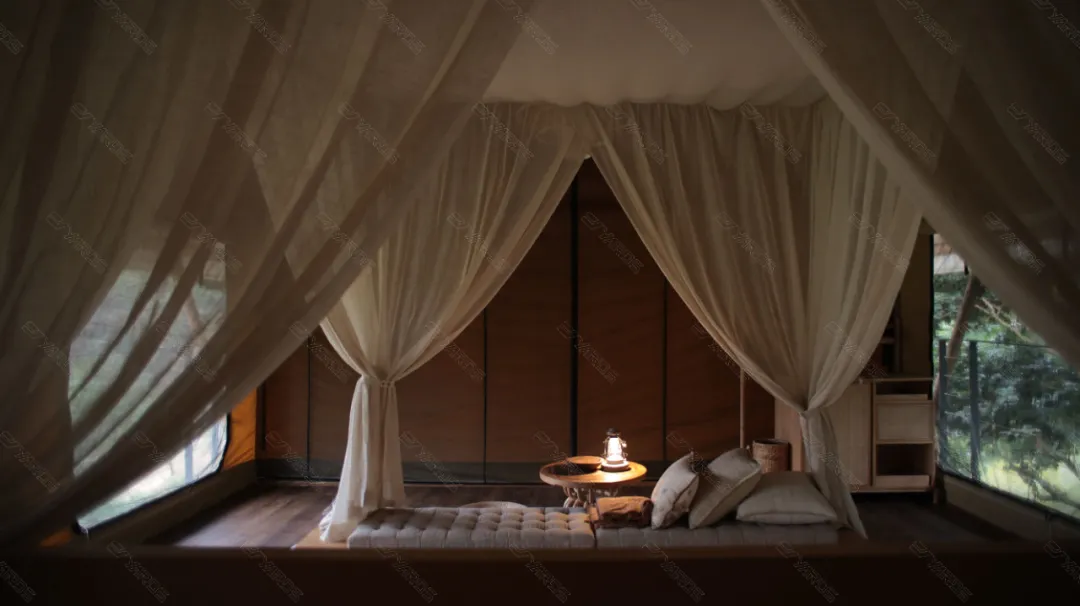
Revitalizing Settlements: Reconstructing Urban-Rural Links
This beautiful landscape of mountains, rivers, and fields brings the dream of “returning to the countryside and homeland” back to reality, attracting urban elites, families with children, and cultural travelers—the city’s high-end consumer groups—who seek “nature immersion + cultural experience.”
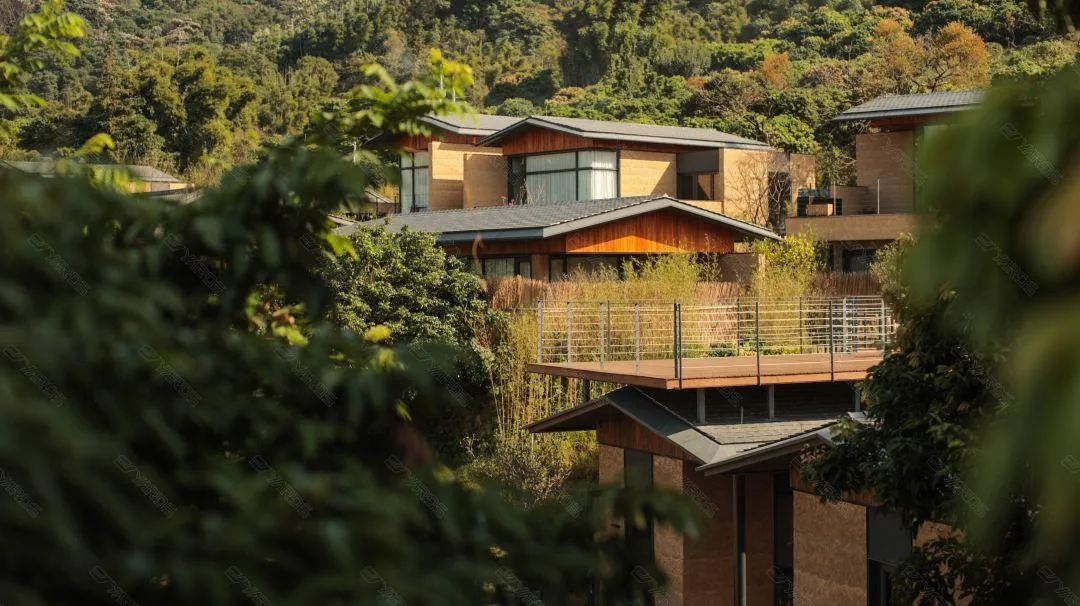
Diverse room design
To cater to different vacation needs, the design team created 22 guest rooms, including garden view rooms, panoramic view rooms, courtyard suites, secret garden suites, and field duplex suites, as well as 9 luxury tent rooms.
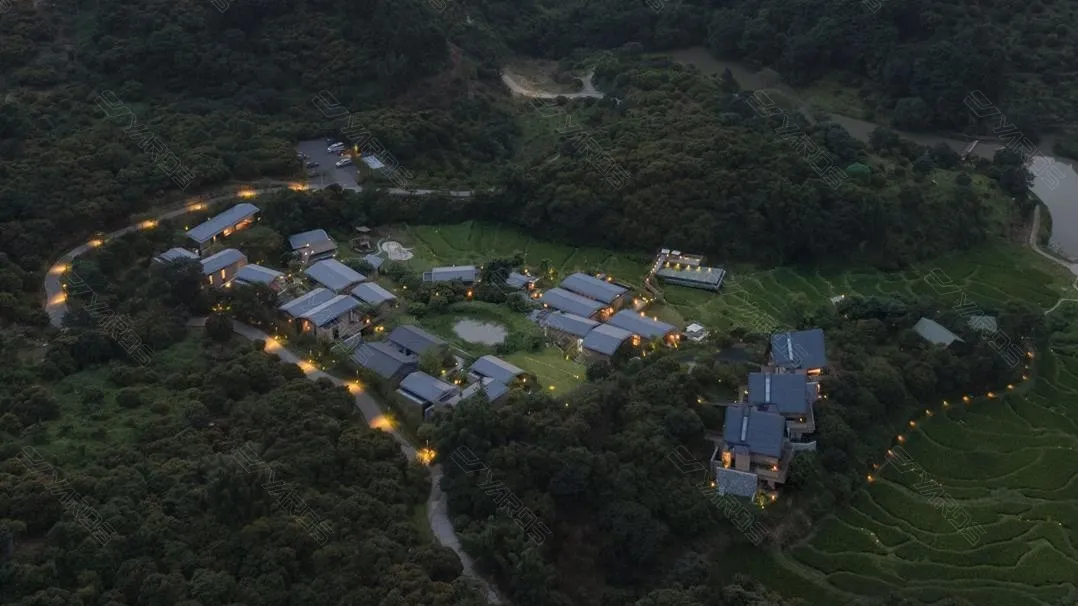
Different room types are organically distributed at different heights and orientations in a single-unit, cluster, and cluster manner. The layered spatial design ensures that each group of guest rooms has a wide view and a unique atmosphere.
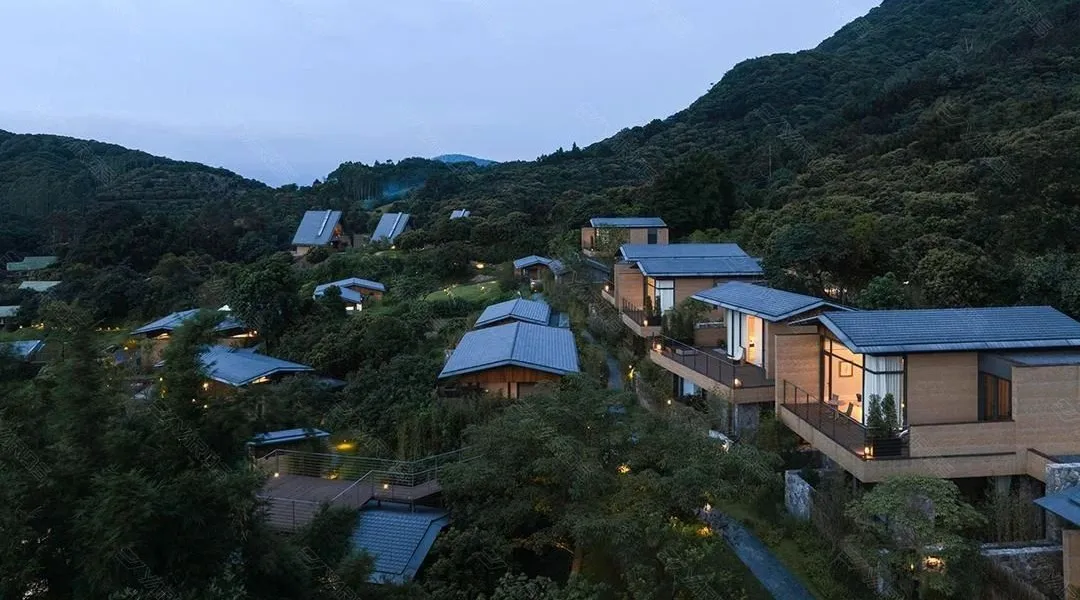
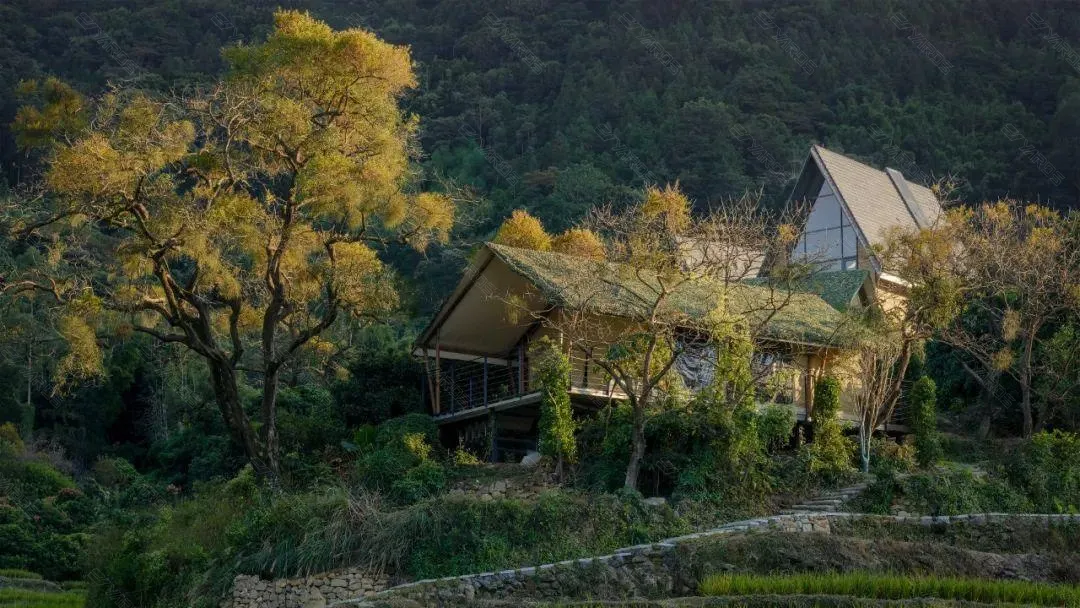
The upper-level guest rooms, such as garden view rooms and courtyard suites, offer panoramic views of the beautiful mountain scenery. The building’s roof features a bold design with pitched roofs of varying angles and slopes, echoing the architectural style of the original village.
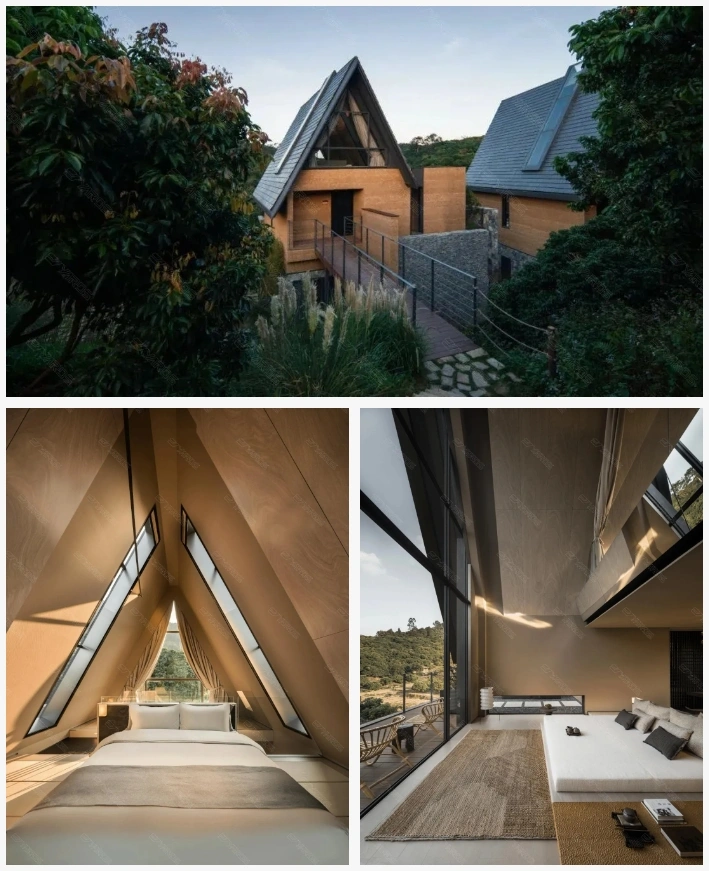
The lower-level luxury tents are constructed off the ground to adapt to the sloping terrain, subtly blending into the natural landscape.
Each tent features a scenic activity platform with a balcony and soaking tub, while the interior is equipped with a smart room system, offering a luxurious and comfortable private vacation experience while enjoying the natural scenery.
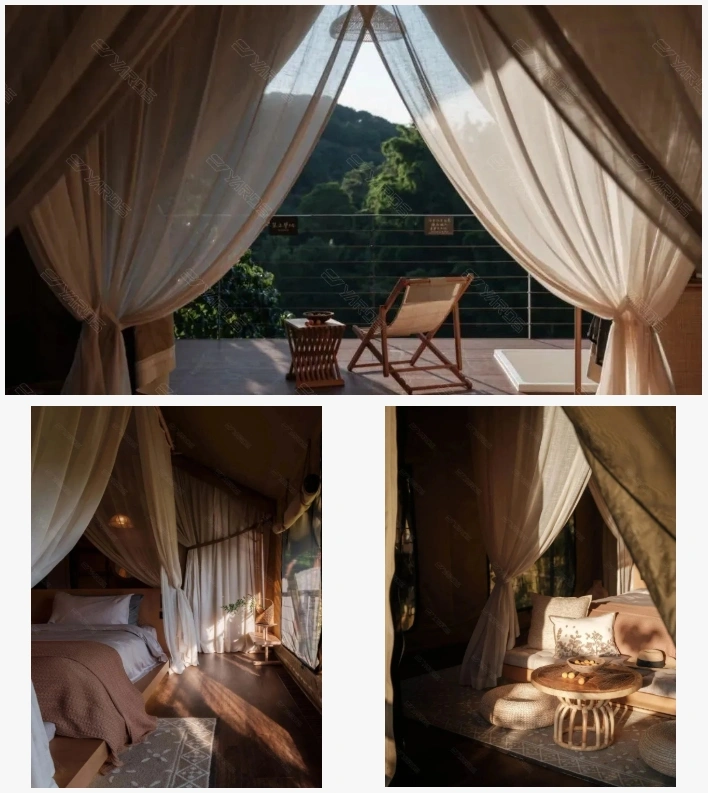
Multi-dimensional spatial narrative
Each group of guest rooms is like a miniature settlement. By combining room types, sizes and courtyards in multiple dimensions, it creates a rich and layered spatial scene that coexists harmoniously with natural landscapes such as terraced fields, streams, and ancient trees. This allows urban guests to enjoy the time in the mountains and countryside while naturally fostering different social relationships and emotional resonance.
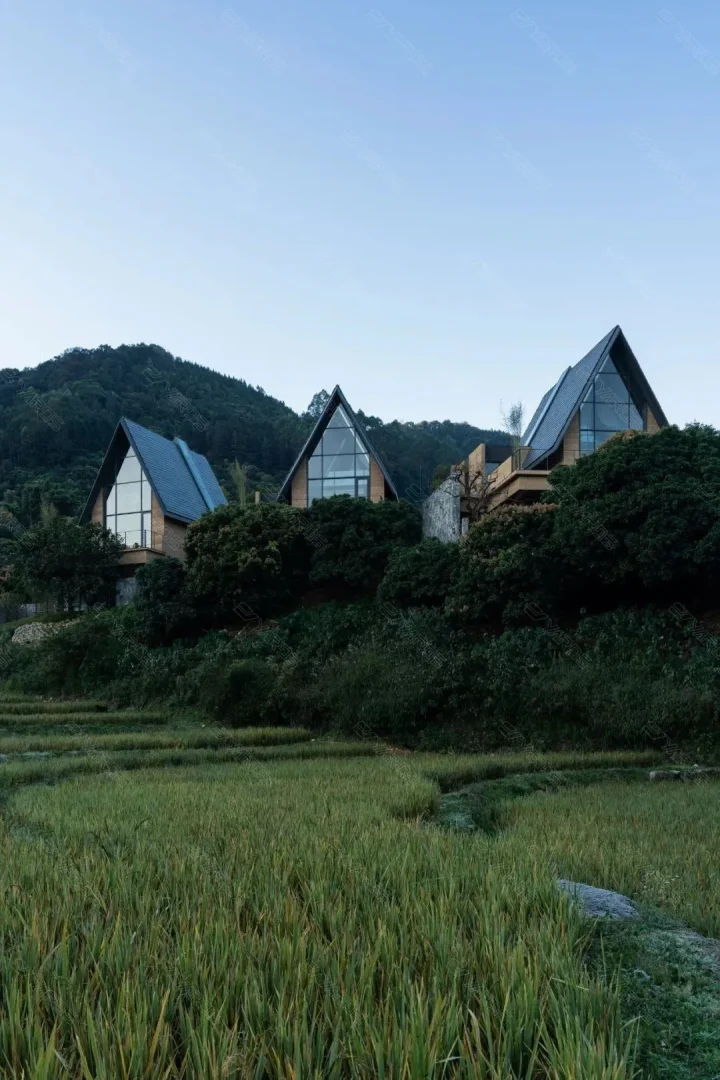
This is precisely the goal the design team strived for—to awaken the yearning of modern urban dwellers for a secluded, rural retreat. Restoring the rural settlement injects new vitality into the century-old village, making architecture a link between people and their homeland, tradition and modernity, and unlocking new paths for rural revitalization.

Revitalizing Resources: Exploring Local Culture
Spring planting, summer harvest, autumn harvest, and winter storage—the charm of the mountains and fields differs with each season. The design team deeply integrated local Hakka cultural resources and natural elements, preserving excellent traditional rural culture while exploring the diverse values of the countryside.
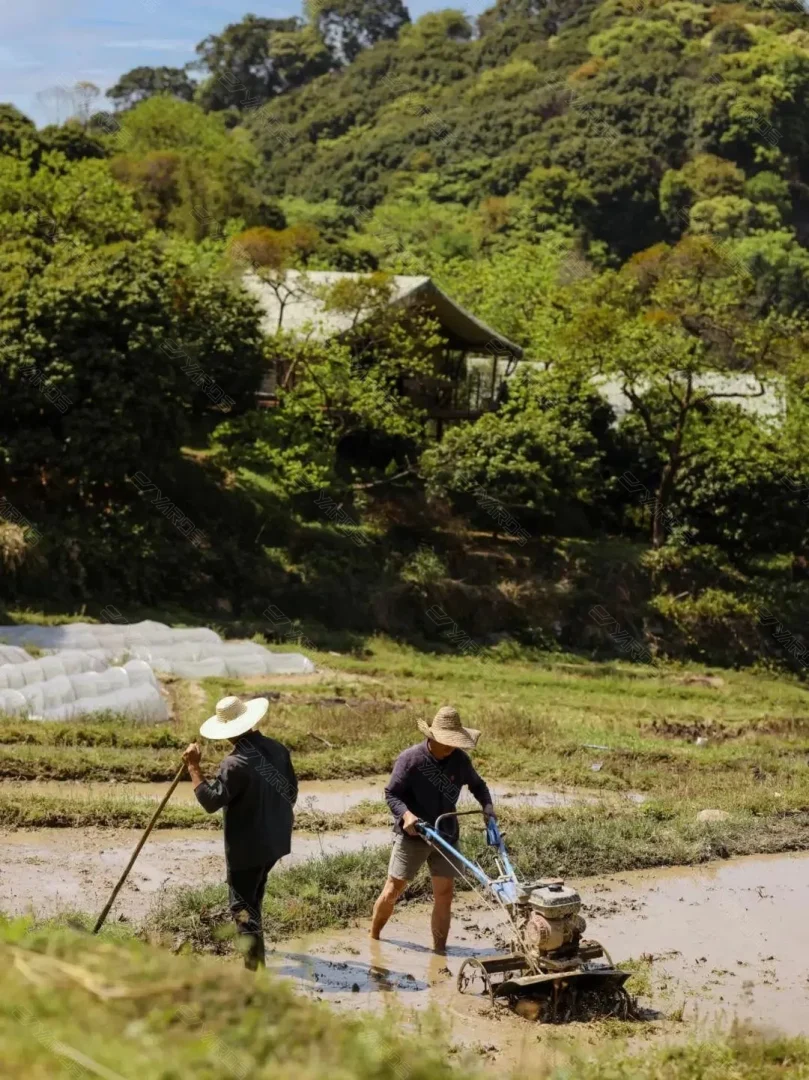
The project develops a variety of in-depth local experience programs based on local rural resources, such as tea brewing around a stove, lychee picking, mountain walks, and farming study tours, allowing people who live in the city to experience the flavors of the mountains and fields and appreciate the scenery in the tranquil countryside.

Breaking Through Growth Barriers: The Integration of Agriculture, Culture, and Tourism Empowers Rural Revitalization
In the Jiyunyao project, the guest room buildings are not only accommodation units, but also the core carriers of product innovation and brand narrative.
Jumei tent architecture, with its eco-friendly, flexible operation, and borderless living attributes, provides a one-stop solution for rural cultural tourism projects, becoming a new driving force for rural revitalization and cultural tourism integration.
